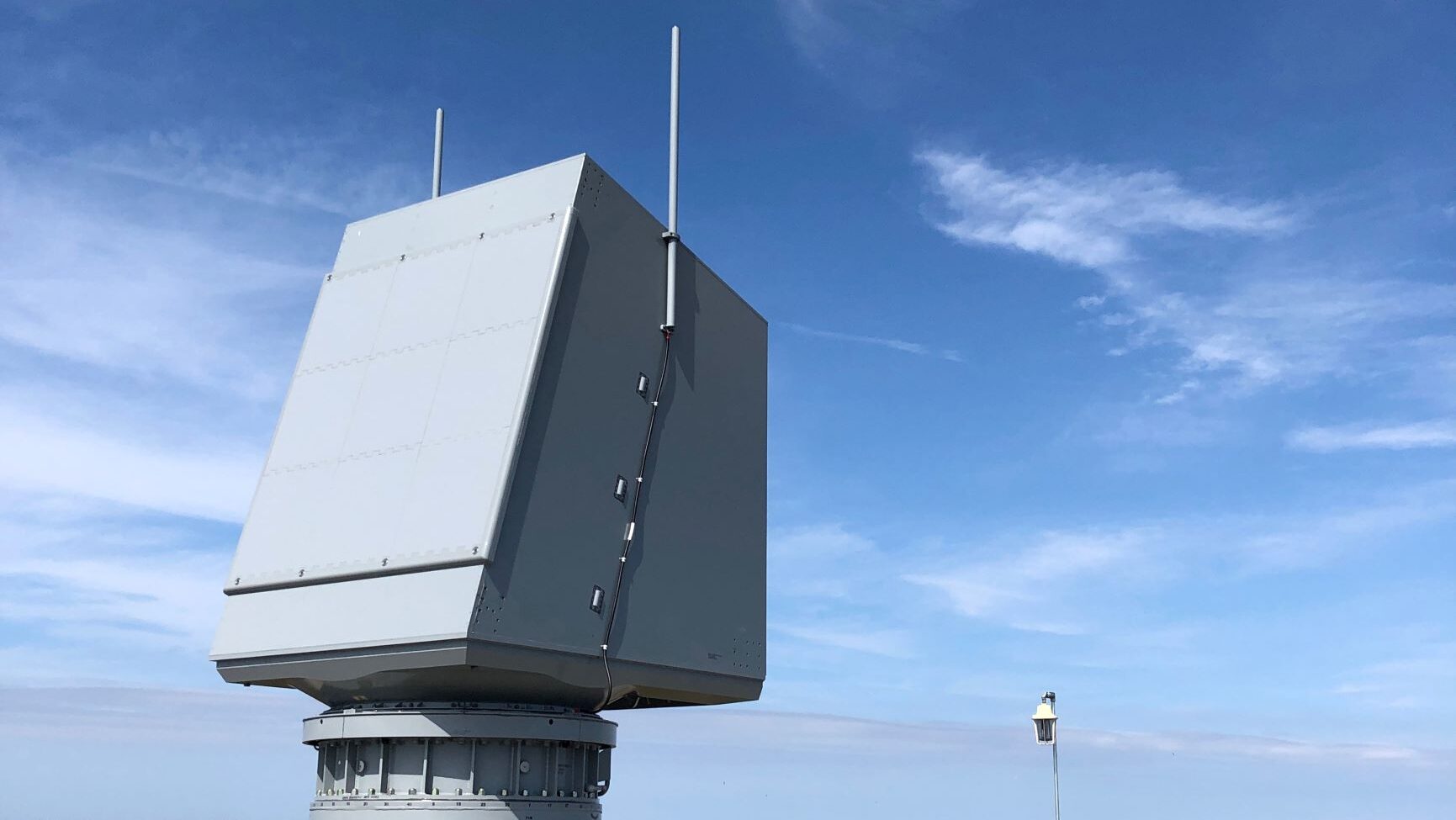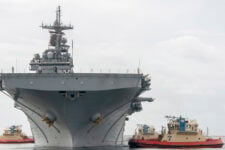
A SPY-6 radar while undergoing testing at Wallops Island in Virginia. (Photo courtesy of Raytheon.)
WASHINGTON: The Pentagon on Thursday awarded Raytheon Missiles & Defense a contract worth up to $3.2 billion for the hardware production and sustainment of all four SPY-6 radar variants to be delivered to 31 Navy ships over the next five years.
“There is no other radar with the surface maritime capabilities of SPY-6,” Wes Kremer, president of Raytheon Missiles & Defense, said in a statement today. “SPY-6 is the most advanced naval radar in existence, and it will provide our military a giant leap forward in capability for decades to come.” The contract awarded Thursday was for $651 million and includes options worth up to an additional $2.5 billion.
The SPY-6 radar is an integral part of the fleet’s ballistic air and missile defense capabilities. The four variants differ in design and hardware, but, in general, they’re designed to protect against ballistic and cruise missiles as well as jamming and electronic warfare attacks on the service’s destroyers, amphibious assault ships, aircraft carriers and guided-missile frigates.
The company has also finished the radar installation onboard the first Flight III destroyer, Jack H. Lucas (DDG-125), which is scheduled to be operational in 2024, according to the company statement.
Breaking Defense reported earlier this year that Raytheon had inked a $237 million contract in December with the Navy that established necessary logistics and delivery services for the company to begin backfitting the Navy’s fleet of Flight IIA destroyers with the SPY-6 V(4) radar, a significant upgrade for a ship class seen as the fleet’s workhorse.
“All the capabilities that are going to be on [the newer] Flight III ships — the ability to do integrated air and missile defense, the ability to track multiple incoming targets both ballistic missile as well as air-breathing targets, many more than the current generation radars can handle — all that capability will be in that Flight IIA,” Scott Spence, who leads the company’s naval radar directorate, told Breaking Defense at the time.
The new contract includes the backfits Scott discussed in January.






















